During my Steemit break I attended an exciting event, a Virtual Reality Meetup. A friend came up with the idea of investing together in VR. The idea was for us to make a space for people who want to experience VR. So I wanted to find out more about this relatively new and growing industry.
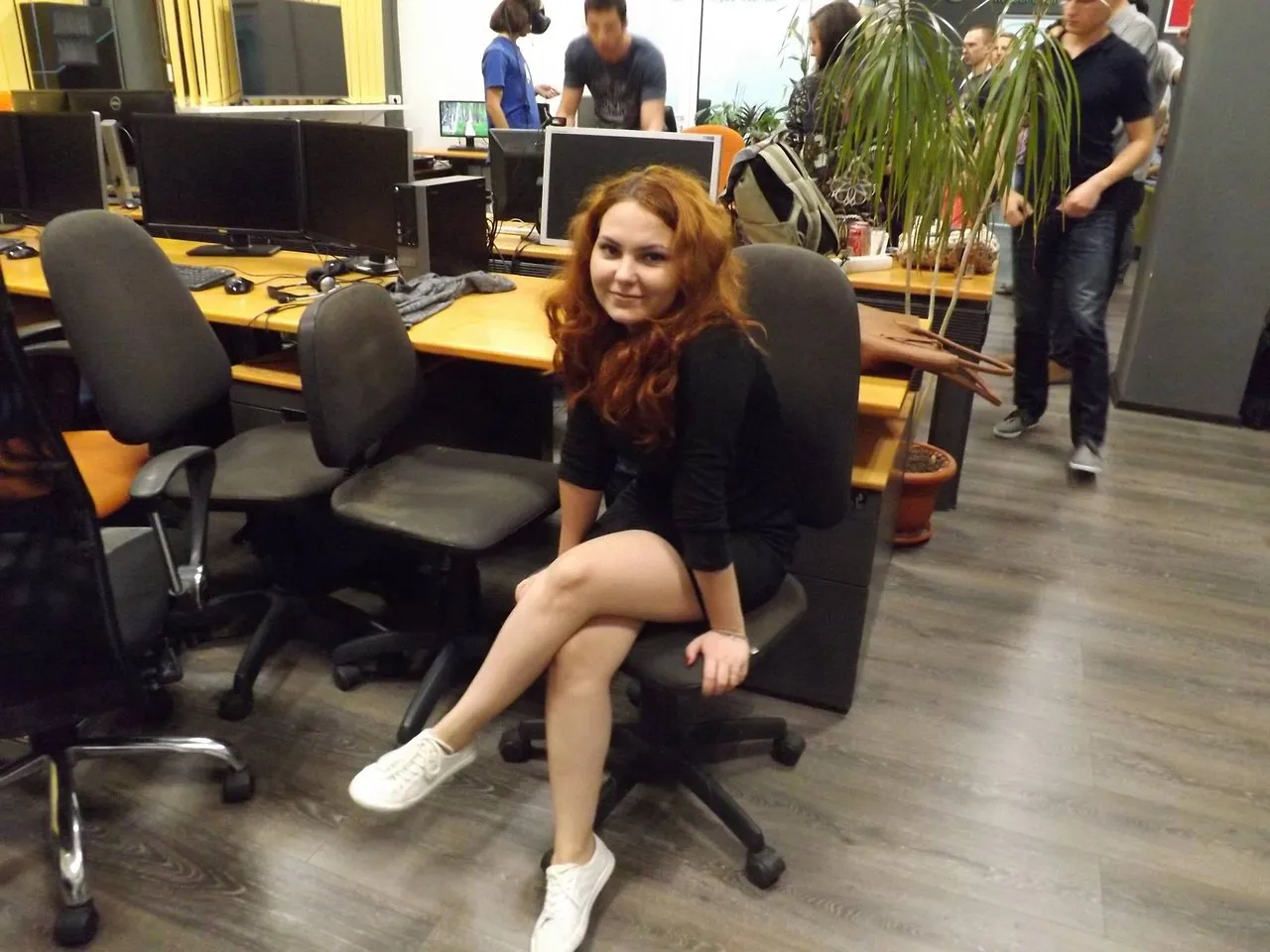
It wasn’t a big event, we were only about 20 people invited and that’s why the atmosphere was very friendly and relaxing. The host was a web developing company and I was welcomed from the very beginning by a very cheerful group of employees. I was invited from the start to check the fridge as they had beers and cola, in the meantime they ordered pizza.
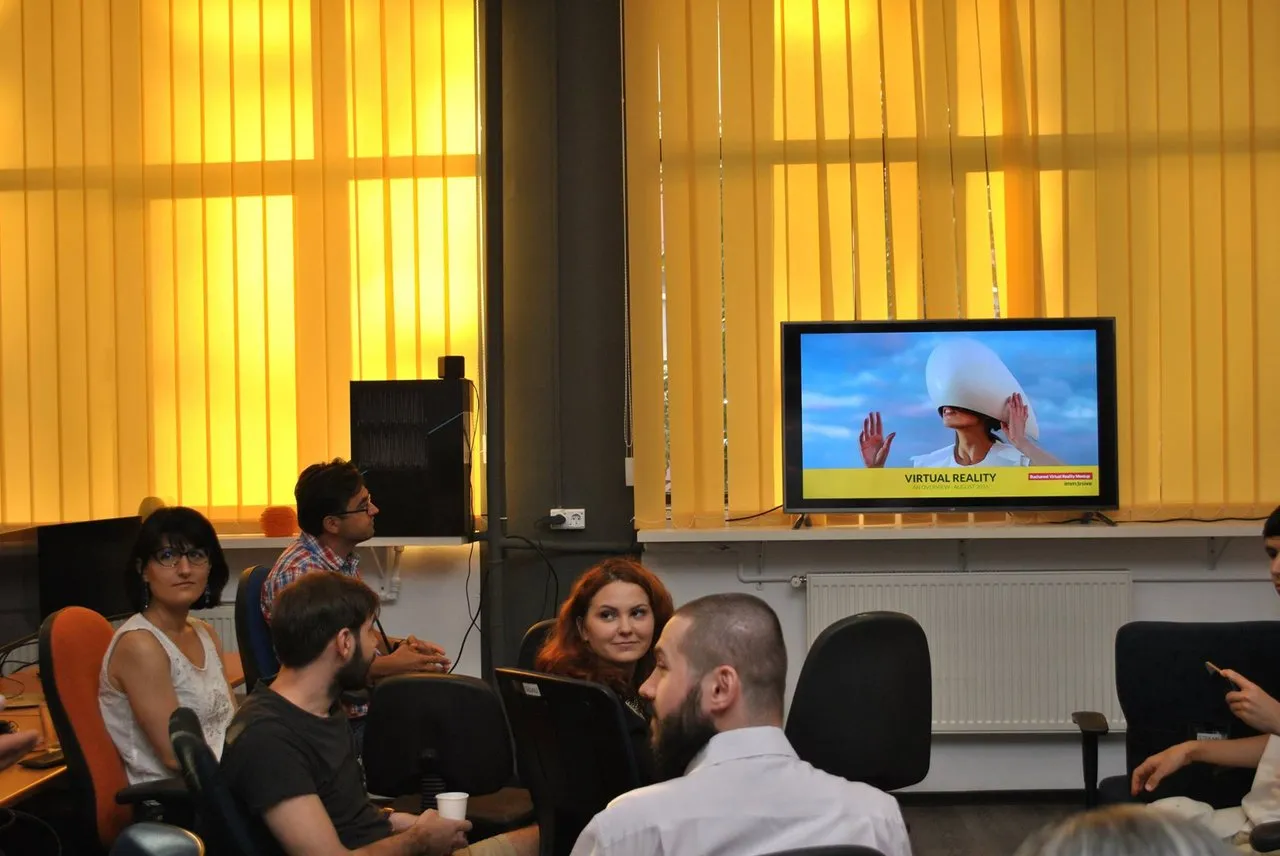
The event started with Dan from imm3rsive.com, a speaker from France, who introduced us to VR. Made a short presentation about VR and its development. Interesting enough is that he’s searching creators because there’s not enough content for VR. I would have gladly recommended myself, but I know I’m not that skilled for the time.
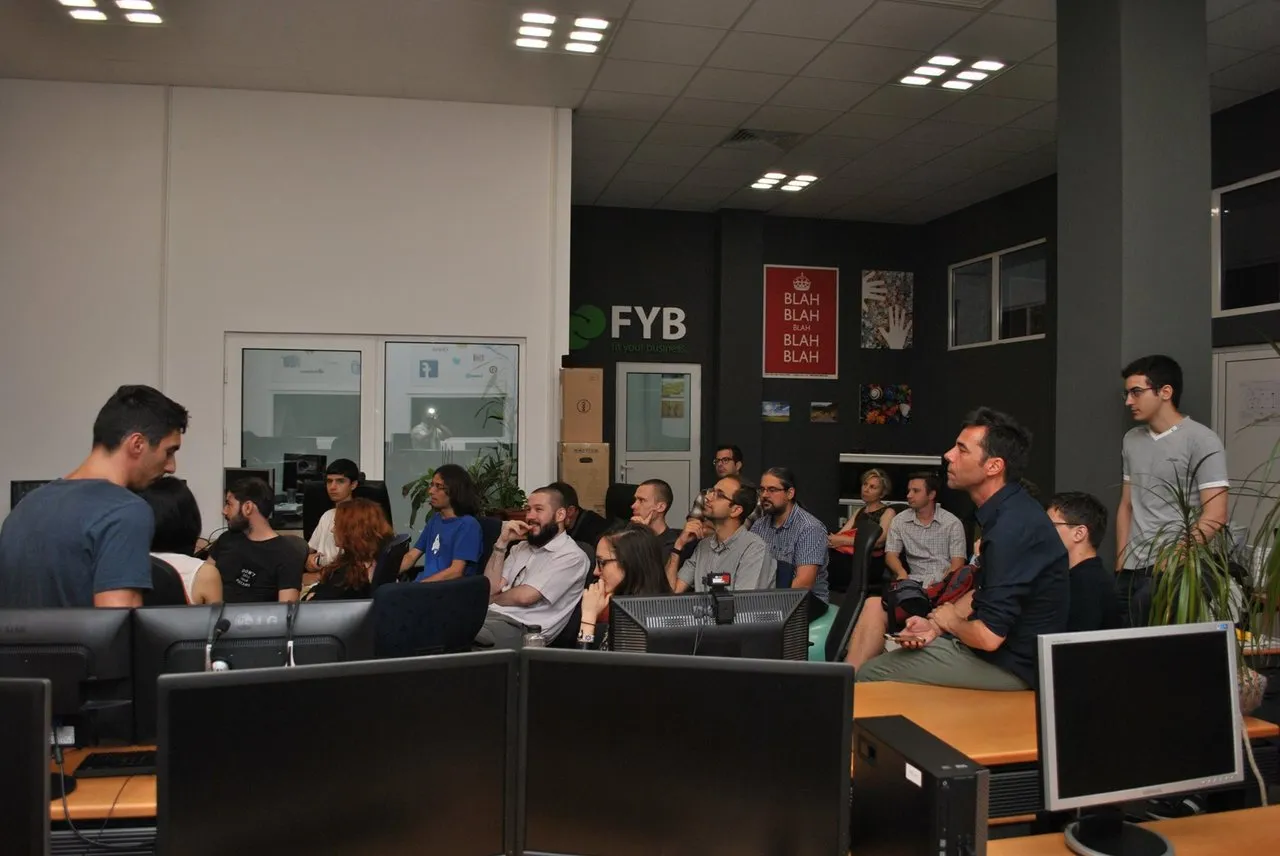
So, what is VR? Virtual Reality is a term used for the absorption into a 360˚ or 3d landscape. For now you can experience it only when using specific equipment. When you put the glasses, you’re no longer in the same place, you feel like you’re in the center of another world, and even if you look in your right or left, you are still there. I suppose many of you already knew what VR stands for.
But did you know that this project has its roots from 1787, when a painter (Robert Barker) exposed his work in a panoramic view, using the inside of a cylindrical building? And he was not the only one, many artists followed his steps. This panoramic image was given the name “cyclorama”. Being in the center of this room, you could see the image as if you were part of it.
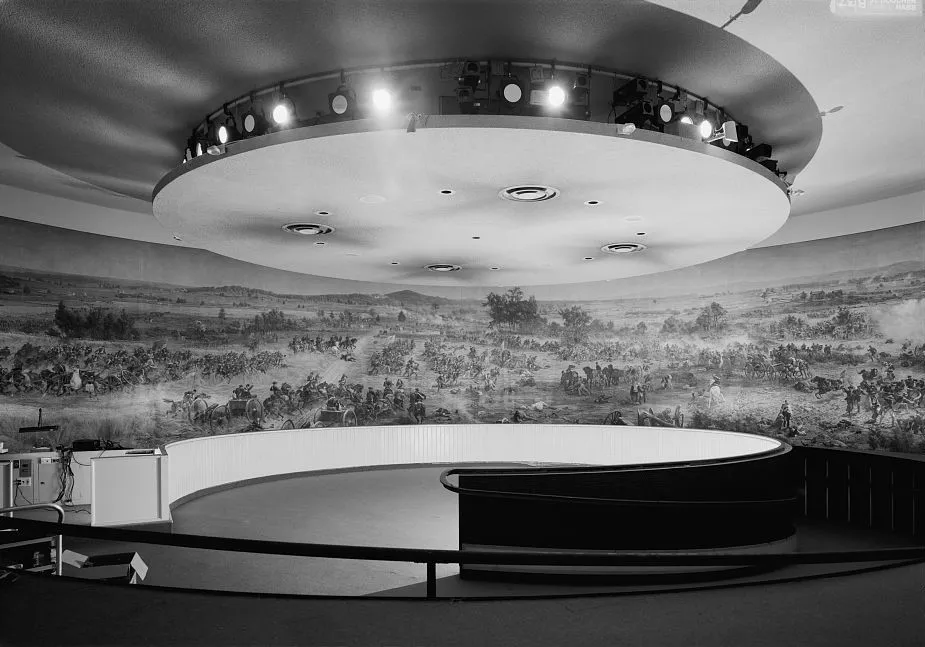
As for the term “Virtual Reality”, it was given in 1938 by a playwright (Antonin Artaud) who believed that theatre can put you in a different world and while it lasts you consider yourself part of it.
The closest to achieve what we have today, was Morton Heilig, who created in 1962 Sensorama, a machine that could immerse you a in a 3d scene. This machine was able to display wide angle 3d colored images and stereo-sound and it also had some exceptional effects for that time: vibrations, aromas, wind.
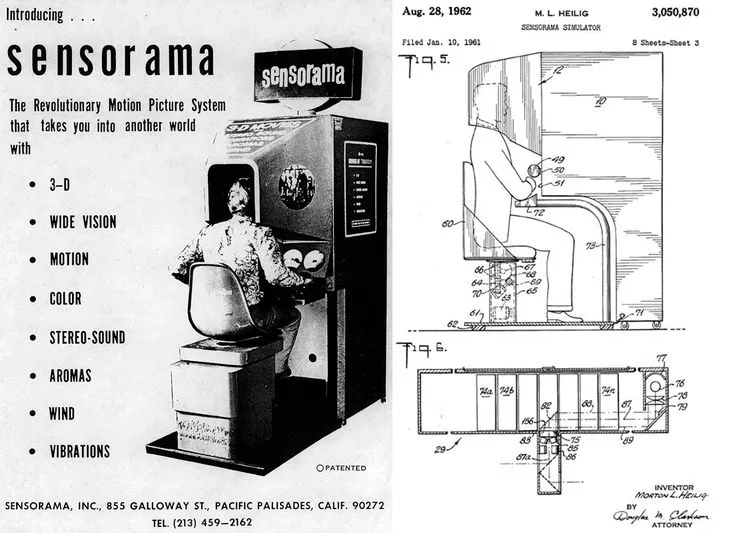
Likewise, Heilig was the one who created the first VR Head Mounted Display, but it only provided wide 3d colored films, with stereo-sound, without interaction.
And the story goes on. Between 1960 and 2000 many VR products were invented, and the evolution didn’t stay quiet.
But after 2000, the development skyrocketed. While the price of technology is going down, the features are going up.
Today we have 2 types of VR, mobile and tethered VR. The mobile VR is more affordable, you only need your smartphone and the headset, but it has lower graphics and almost no interactivity. While for the Tethered one, you need a performant PC, headset and sensors. As you guessed, it’s really entertaining to use it for videogames and interactive experiences (movies). The price difference is huge, but it’s also fair. The mobile VR can cost you from 20 $ to 100, while the Thetered ones only work on pcs that value over 1300 $.
After Dan and another developer spoke, each of us took a beer and the conversations began. The hosts also brought a Tethered VR, HTC Vive, which was released this year, in April. I experienced a movie and a game. I had to prevent my castle from being conquered, using a bow. It was really entertaining, considering that I never tried out playing a game in VR.
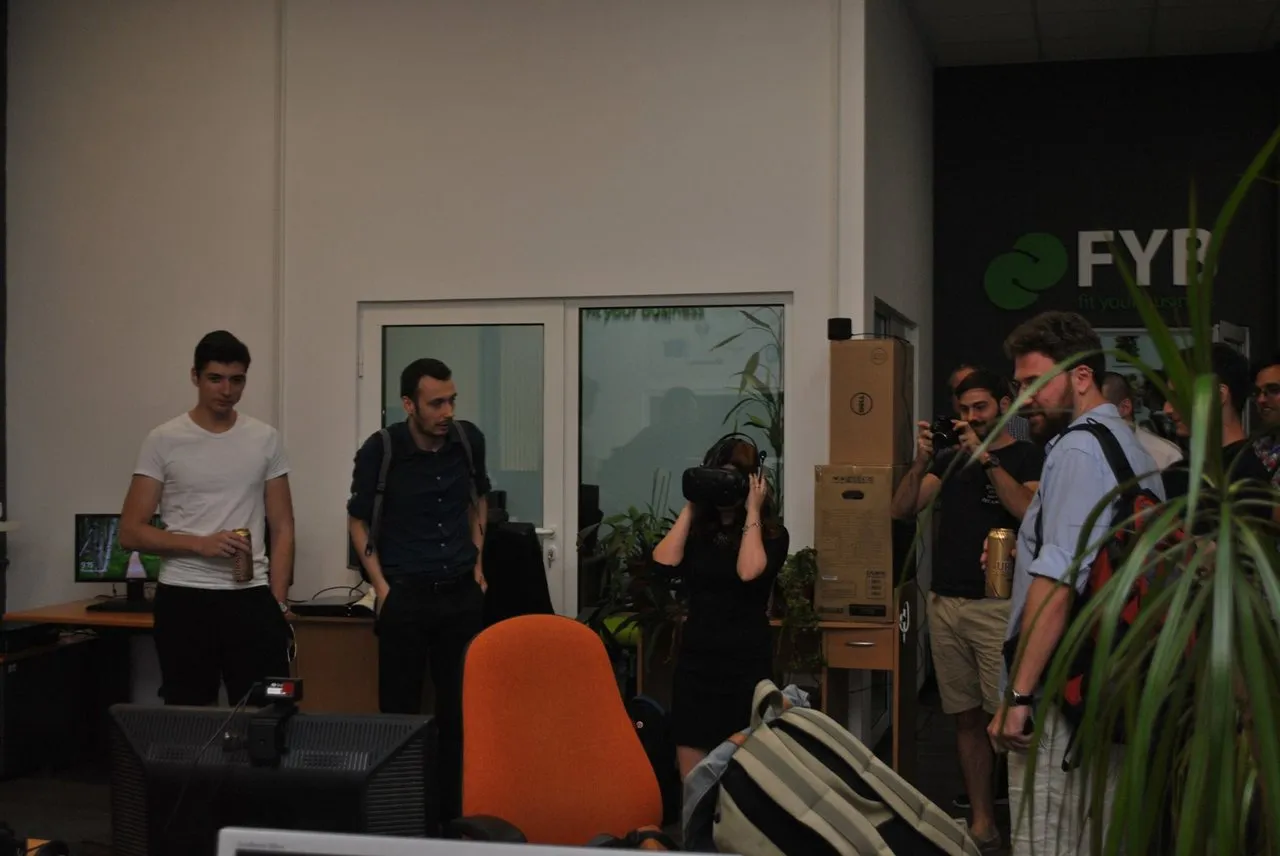
Looking at the other guys playing using an invisible bow, I began to wonder if I would also be able to move my hands that way, even if I don’t have a real bow in my hands. My concern stopped as soon as I put the glasses and I took the controllers. It felt really real and I don’t know if my happiness came from the fact that it is a new thing, but I really had fun. Couldn’t stop laughing and killing those little monsters with my bow. The graphics were plain, but even so, it was really fun.
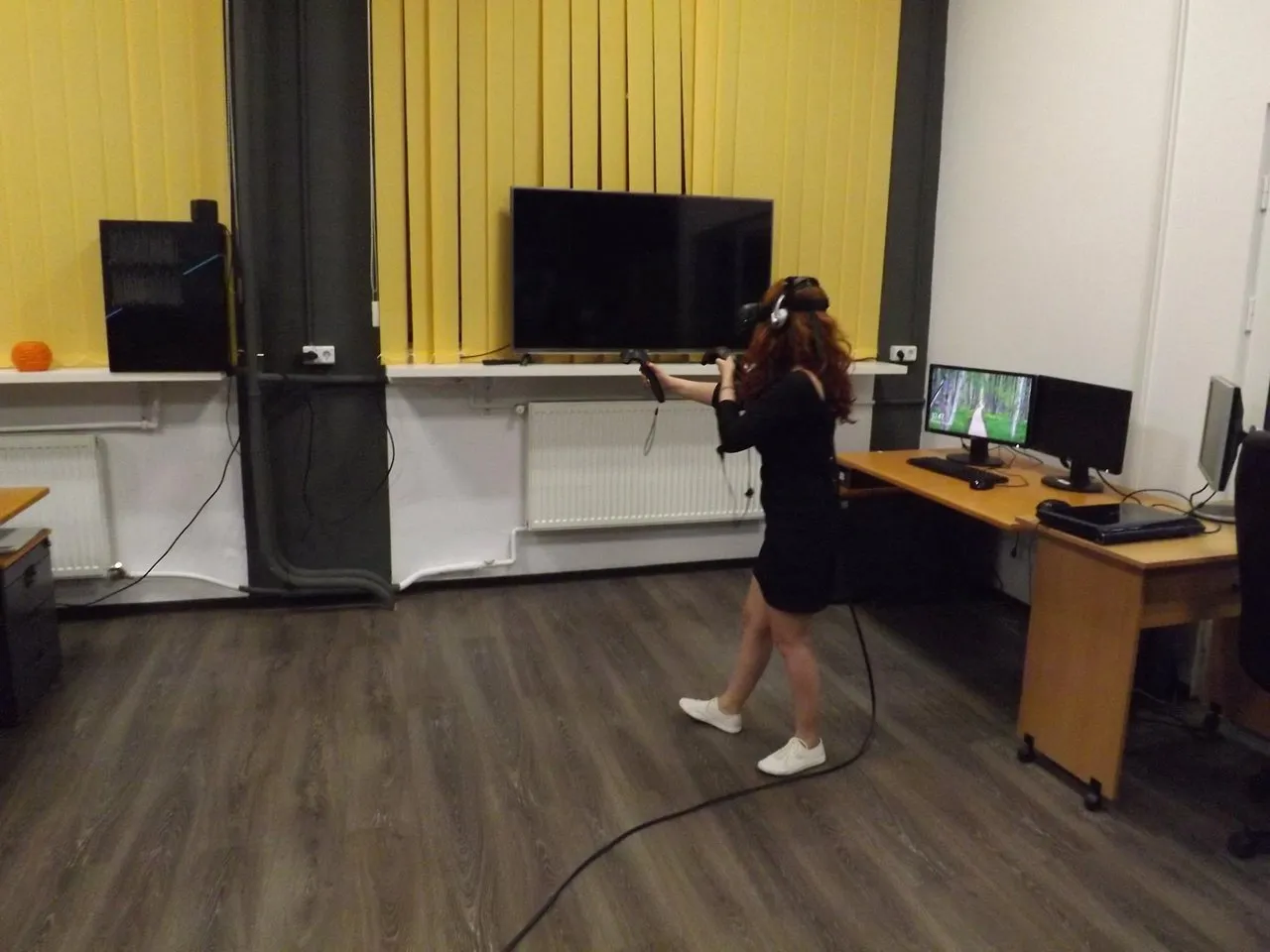
Now I can’t stop thinking of when I’ll be able to play RPG games with VR. I’m excited to see this industry grow more, so I could experience games as if they were real. People from America must be really glad to have The Void. And I heard that China also wants to develop it in the near future.
I think the industries over which VR will have an increasingly greater impact are : video games, movies, advertising and theme parks (like Void) and design. I really hope that industries like healthcare, tourism or education will also start showing interest in it.
For the time, I am not interested in investing in VR. I’ll wait for it to develop more. The price is a little too big and there are also some problems with motion sickness and overheating. But the biggest problem is that there isn’t enough content. There are few video-games and movies that you can fully experience. While watching at the content, you feel like watching first Star Wars movie. You know it’s fantastic, while you also know that there’s much more to come.
While trying to remember all the facts Dan told us, I came across this web-site, where you can find out more about the history of VR.
Did you try out VR? Will it change the way we see, explore and feel the world?

Don't forget to follow for more.